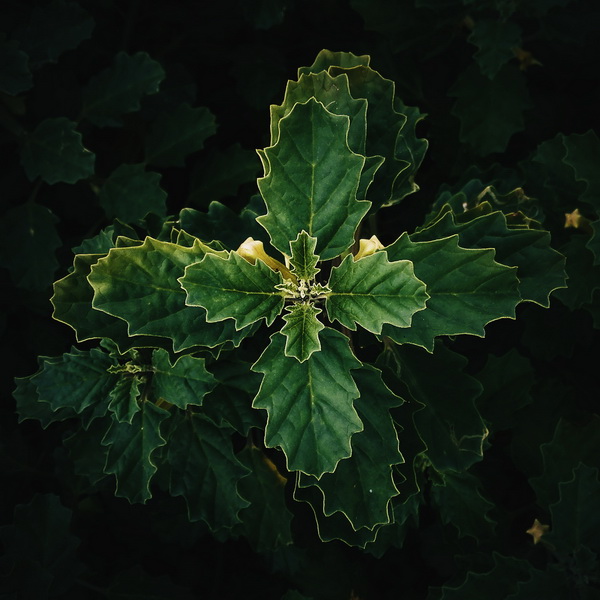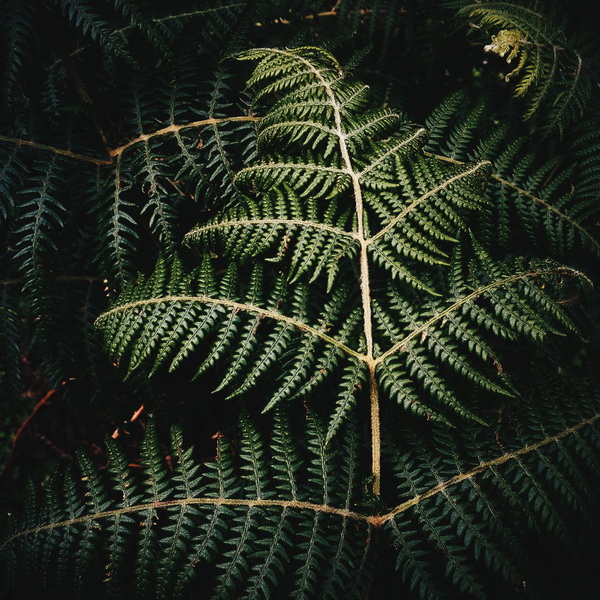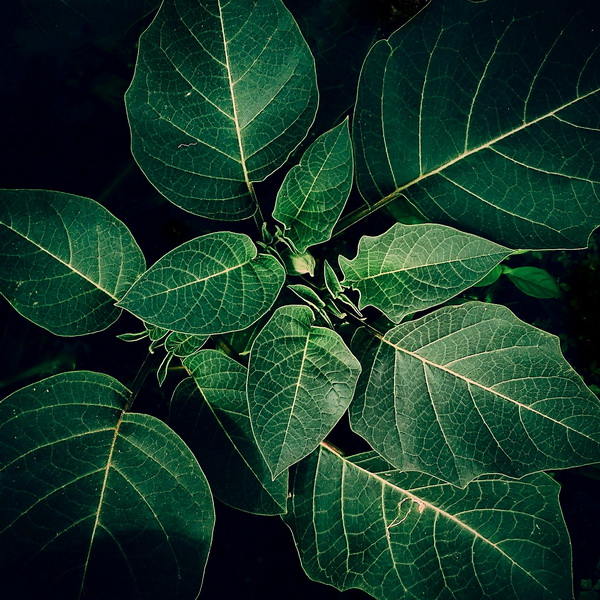Nature is a greatest inspiration for photography. Finding the patterns in nature means opening yourself up to nature’s design. The repetition of shape and pattern in the natural world can be surprising and worthy of hours of creative investigation. Whether the uniform pattern of a flower or a leaf, or gathering masses of animals or birds on the move, patterns can emerge when you least expect them.
You may interested in the following related posts:
Photos by NS Hrishikesh

#1 Finding Patterns
Patterns are all around us in the natural world. The subject material can be quite large or very small. Ice, Rocks, Sand, Water, Leaves, and Lichens are among the most often photographed subjects of Pattern Photography. Some of the most important ingredients of a good pattern are strong design, good composition, repetition of form, and something to break the pattern ad act as a center of interest. The appropriate lighting is also very important. Sometime strong lighting is needed to accentuate the pattern; other time flat lighting works best. The sky is usually excluded from a pattern shot.

#2 How to Shoot Patterns
We can use any lens for Pattern photos, if you want to capture close patterns use a moderate telephoto lens, this allows you to come in tight on the most important part of the pattern and exclude distracting material from the background or around the edges of the image. If you want to capture small patterns such as lichens, needles on cactus, or bark patterns on trees use macro lens with 100 to 200mm range. Faced with a wide scope of subjects, always shoot several crops so that you can select the best version later on. With close-up patterns experiment with the tilt of the camera to create various compositions, and make your images more graphic by creating diagonal lines that stretch from one corner to the other.

#3 Shooting for Digital Montage
Patterns and textures can become vital ingredients in digital montage projects and can provide a cohesive element amidst the trickery of the process. Many manipulated images are produced with delicate underlying textures which add another layer of interest to the work. The key to shooting for this kind of image is to make sure that the patterns do not dominate the eye too much, and instead offer a compelling, but subtle component to the piece. Rough textures found on stone, sand, and textiles can provide an unusual addition to digital images which can look too polished and perfect.
Conclusion: Nature is beautiful, you can find patters everywhere like in sky, trees, earth, leafs, etc. try to capture them with ultimate love.











